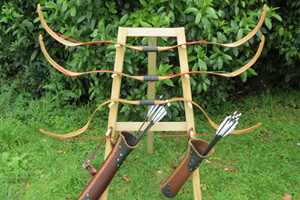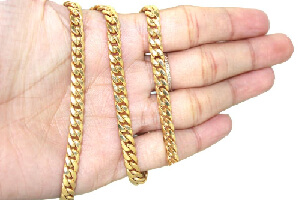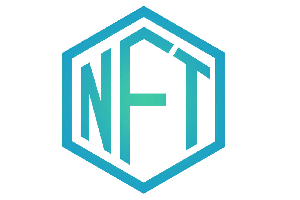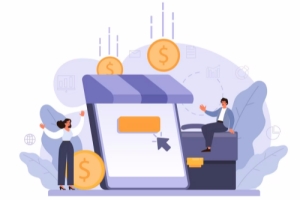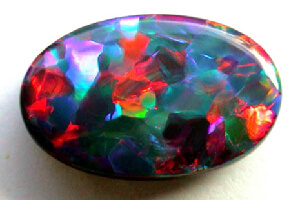Lego Investing Is Booming. Here’s How It Works
Narrator: For Lego enthusiast Lucas Lettrick, these aren’t just toys.
Lucas Lettrick: This is the Lego Creator Palace Cinema.
Narrator: They’re serious money-makers that he buys and sells for profit. The biggest online database of collectible Lego sets lists 1.2 billion worth of the toys around the world.
Lucas Lettrick: You know, Lego Tron up here. We’re in the 3 to $400 range. This Lego Tie Fighter $200 a piece is what these are selling. The returns that I typically will see is somewhere between 150 to 250% on a Lego set.
Narrator: Researchers say Lettrick is one of tens of thousands who concerned by the recent volatility of stocks and bonds are betting on the reliable returns from this tiny but growing market.
Victoria Dobrynskaya: The average return on other collectibles like wines or art, or automobiles, stamps are generally lower than Lego.
Narrator: This is niche markets, a series that examines small, lesser-known markets that despite their size punched well above their weight.
Lucas Lettrick: There we go. All right.
Kid: And this one.
Narrator: Lettrick is an insurance broker in Pennsylvania and grew up playing with Lego.
Lucas Lettrick: I kind of got outta Lego, obviously, like most people do, but then when I had my first boy Bruce, we started building some Lego sets and that’s kind of what rekindled the passion and kind of the memories.
Narrator: This nostalgic hobby with his children turned into a lucrative investment strategy when Lettrick walked into a Target about five years ago.
Lucas Lettrick: I saw a Lego set, Lego Ninjago, Destiny’s Bounty, and I remember thinking to myself at that time: I could literally just take this, put it up online, sell it, and, you know, double my money.
Narrator: Since then, he says he’s invested around $65,000 into building a collection of Lego’s most profitable sets. The toys in this room typically cost anywhere from $30 to over $500 at stores.
Lucas Lettrick: So this is the 1989 batmobile. This –
Narrator: For Lettrick, the most important factor in Lego investing is knowing how to spot a winning set.
Lucas Lettrick: You know, you think Lego, you might think child, but Lego is really geared a lot of their sets nowadays towards the adult collectors.
Narrator: Larger sets like these target the growing community of adult fans of Lego who call themselves AFOLs. Rather than toys to play with, they’re usually looking for display pieces and can afford these more expensive sets.
Lucas Lettrick: As you’ve got the informational plaque, you’ve got kind of this stand to display some of the iconic figures from the movie. So it’s a really beautiful set.
Narrator: To turn a profit on these kits, Lettrick makes sure he gets in at a low price so he scours the market for sets Lego is about to retire or stop producing. The official Lego store and other retailers usually sell them at a discount to clear their stock, sometimes as much as 40% off.
Lucas Lettrick: This actually just retired this past year and I ended up picking it up a couple of them – 2 or 3 of them – for $200 a piece. Within just a short period, 6 to 12 months, this has already jumped up to 400 to $500, I believe, is what this is selling on eBay.
Narrator: But in order to make a larger profit, Lettrick says it takes patience, usually holding sets for 2 to 3 years before selling.
Lucas Lettrick: Do you want a pristine set that’s sealed? That’s what a collector’s looking for. You wanna make sure you’re storing it on the right shelving. You wanna make sure that you’re keeping humidity low.
Narrator: Lettrick says he spends 2 to 5 hours a week on his Lego investments, and while it’s more time-consuming than other items in his portfolio, he says his Lego sets have seen the most stable growth this year.
Lucas Lettrick: You don’t get a lot of fluctuation with the prices going way down, way up, like we’re obviously seeing right now with the stock market – it’s very volatile.
Narrator: Economists say that’s because a Lego market moves more slowly than traditional investments.
Victoria Dobrynskaya: When some news come to the market, the stock market reacts very quickly on the same day. Lego is much less liquid market.
Narrator: Victoria Dobrynskaya is an associate professor at the Higher School of Economics University in Moscow. Since 2016, she’s been specializing in the Lego secondary or reselling market, analyzing three decades of financial data about the niche investment. She says the law of supply and demand helps Lego in the same way as other collectibles like luxury watches or fine wine.
Victoria Dobrynskaya: Once a bottle of wine is open, open and drunk, so it disappears from the market, right? The same with Lego.
Narrator: But what gives Lego the advantage over other collectibles, she says, is its affordability.
Victoria Dobrynskaya: Generally, other alternative investments are more expensive so the potential returns are somehow lower. I mean, if a Lego set appreciates by $5, if initially its price was $1, then it’s a huge return.
Narrator: The Lego Group didn’t respond to requests for comment about the growth of the resellers market and its impact on the company’s product strategy.
Lucas Lettrick: There are times when you’re gonna get, you know, box damage like that.
Narrator: But high-end Lego sets can come in thousands of pieces, some of which may be rare or newly designed. So buyers expect the cardboard boxes that hold them to remain sealed and in near-perfect condition.
Victoria Dobrynskaya: When you buy them distantly on eBay or on some other platform, you cannot check it. So you need to be sure that it is fully sealed, because if a rare part is missing, that would be a very big problem.
Narrator: This niche market is also at the mercy of pop culture trends where the franchises and themes investors buy today may not be relevant years down the road.
Lucas Lettrick: That’s just kind of part of doing business and investment: sometimes you win; sometimes you lose a little bit. But you know, typically, if you do it right, it all shakes out in the end.







